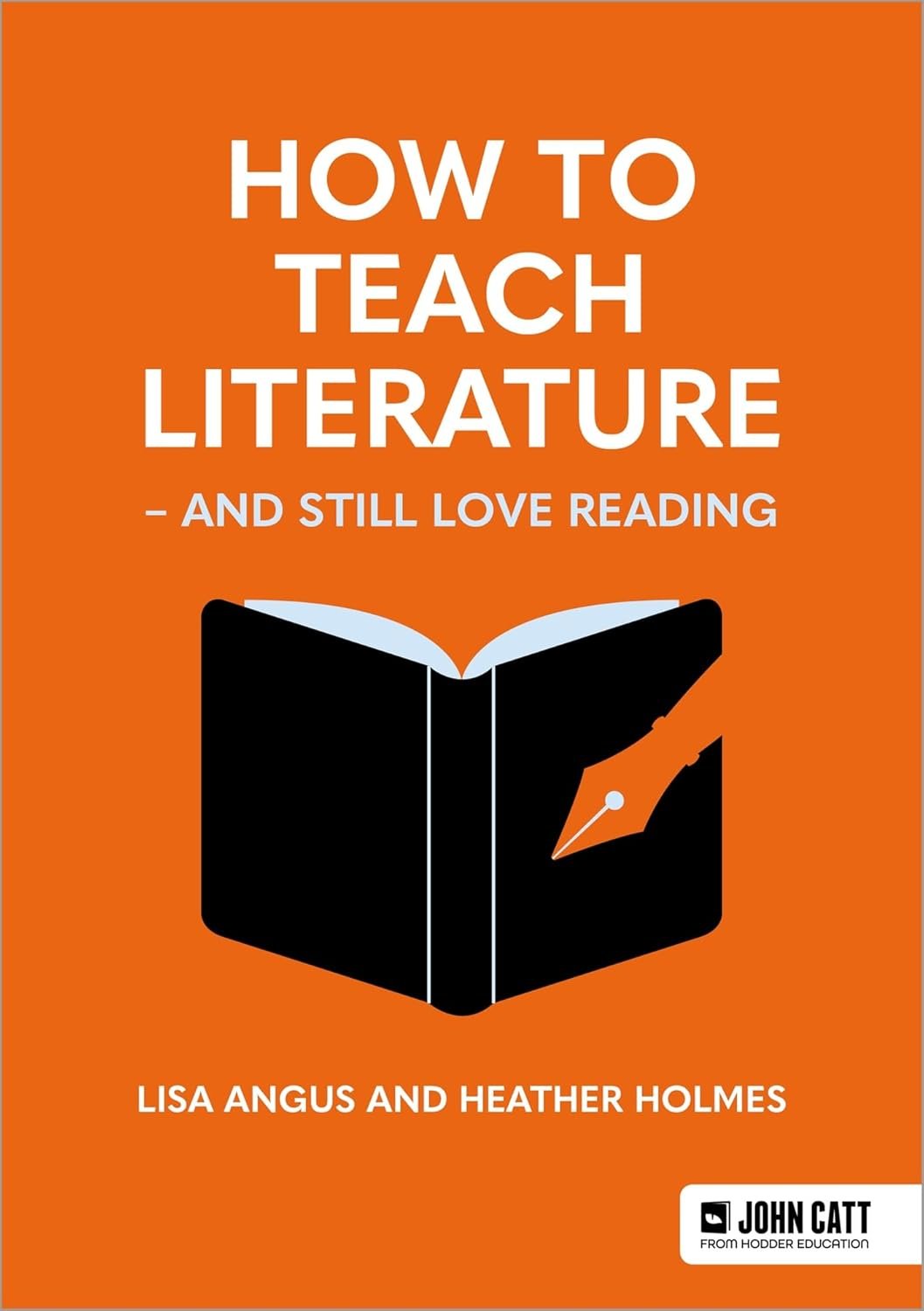Peruse the bookshelves in my home, and amongst style guides, how-to books on the craft of writing, and other writing and publishing-related volumes you will discover one or two books of writing prompts. They are in pristine condition.
I don’t have a problem with prompts when I am put in a position where I have to use them. For instance, on all the writing courses I’ve attended, the tutor has given us prompts against which to write a piece of fiction or non-fiction. However, when I am looking for inspiration and am not on a course, I find that third-party ideas simply do nothing for me. In such circumstances, I generate my own, whether by looking at photographs or just reading the news.
One could view The Writer’s Practice as a book of prompts dressed in fancy clothes, but that would be to entirely miss the point. What Warner does in the book is focus on the writer’s experience. This makes for a much richer, and much more rewarding, training.
At the heart of the book is what an educationalist would call “metacognition”, or thinking about thinking. It’s about being aware of yourself, the (assumed or intended) audience and their relationship to the experience itself.
A good example of all of this is the very first exercise, where the reader is asked to put the book down and write down the instructions for making a sandwich. Unless you can imagine that the audience you’re writing for does not know how to make a sandwich, the instructions are bound to be incomplete.
As an aside, when I was a school pupil our drama teacher set an exercise where we had to pretend we were presenting a how-to TV programme. While others chose to demonstrate such things as how to make a mortice and tenon joint, I decided to show people how to make a cheese sandwich. The teacher angrily told me to sit down and not waste people’s time, with the words, “Who doesn’t know how to make a cheese sandwich?” In so doing she missed the opportunity to make some very valuable points, as demonstrated by Phil Bagge’s video of his pupils “programming” him to make a jam sandwich. But then I suppose she was a drama teacher, not a writing teacher.
There is also an emphasis on action. For example, one of the exercises is to go out and have an adventure, and then write about it. Warner is very careful to make the point that what constitutes an adventure is very much a personal thing, not necessarily a dramatic or dangerous one. I can very much relate to this: one of the “adventures” I keep promising myself is to go to a London suburb called Hampstead, spend an hour or two walking on the heath there, then meander to a brilliant used book store, and afterwards avail myself of a coffee and three-cheese toastie at the Karma Bakery. Hardly the plot for a new Indiana Jones movie!
There are many great chapters, and one I especially like is that on reading as a writer. This involves trying to determine, amongst other things, how the writer achieves an effect. (Re-learning how to do this was one of the benefits I enjoyed from doing a course on American Gothic literature.)
While all of the exercises are different, they all have a common structure in which you consider the audience, the purpose of the piece, the process and other aspects or stages.
There’s an interesting section near the beginning of the book in which Warner outlines the writing process. He includes a stage called “Prewriting”, which is what you do before starting to write. It could involve, for example, making a list of points to include in the article, or it could involve tidying your desk and engaging in a whole load of other displacement activities instead. Fair enough, But he then goes on to define drafting (the next stage) as when words start hitting the page. I’m not sure I agree with this, because in my own case I often draft articles in my head and then “copy” them onto the page. But I suppose this is just splitting hairs. Taking a step back, it’s very useful to itemise the stages in the writing process, not least in order to ensure that you’re paying attention to all of them.
For teachers of writing, there are suggestions about how you might organise the material over the school year. For those of us who labour alone, the author assures us that all the exercises are designed to be self-contained. I think that applies to some more than others. On the whole, though, this is a great book. It will not only give you some interesting ideas to try out, but will also help you become more aware of your own practice and process as a writer. If you aspire to be a writer, or even if you already are one, I highly recommend this book.
For some reason, the book is not available as a UK edition, but you can buy it from Amazon here:
The Writer’s Practice (Amazon affiliate link).










